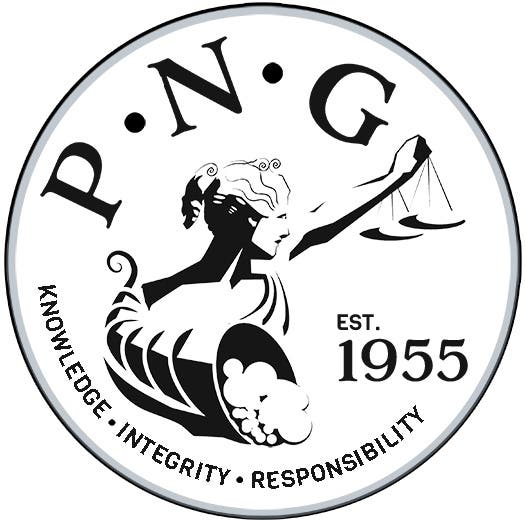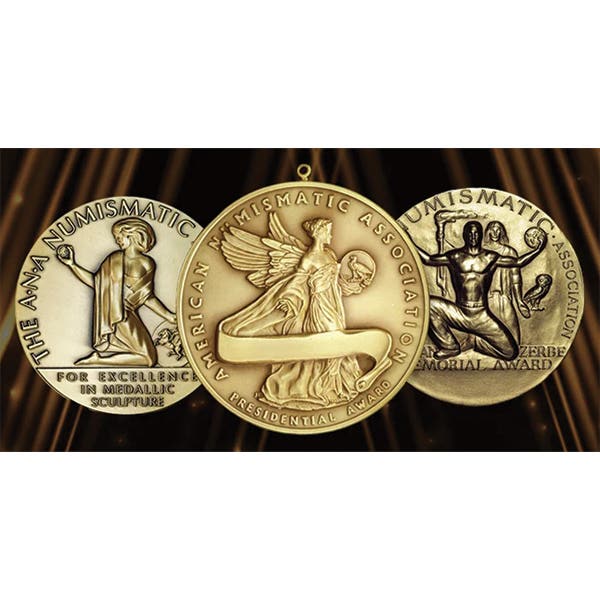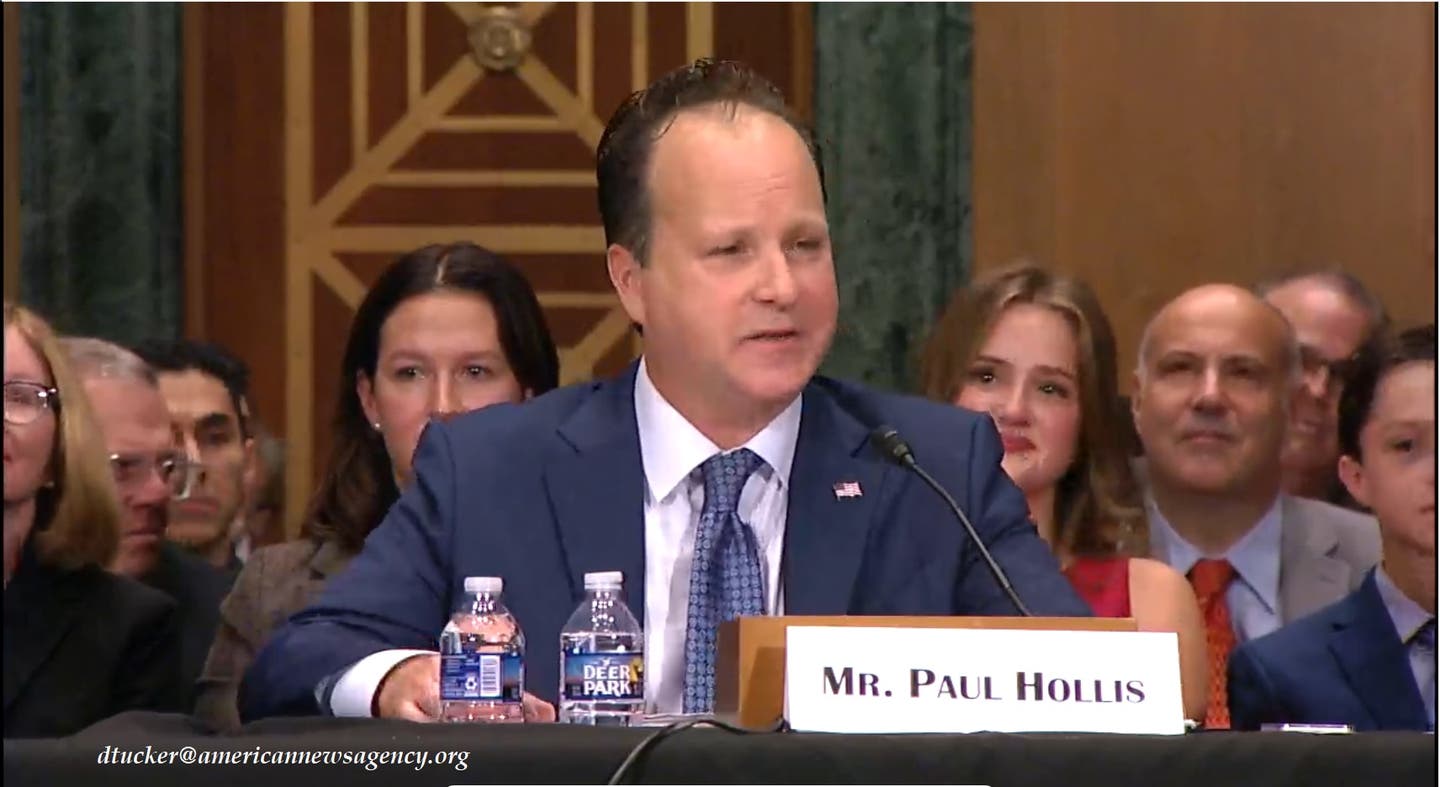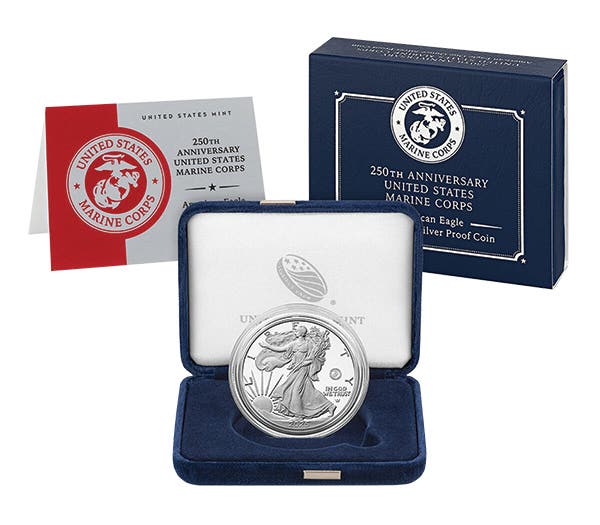An Insider’s View on Counterfeit Publication
A recent Letter to the Editor in Numismatic News suggested that more details about specific counterfeit coins should be included when they are published. It is a good suggestion that…
A recent Letter to the Editor in Numismatic News suggested that more details about specific counterfeit coins should be included when they are published. It is a good suggestion that has come up many times in the past. In the 1970s, when the American Numismatic Association’s (ANA) Certification Service was established in Washington, the amount of information that should be released about a specific new counterfeit coin was hotly discussed. One influential group insisted that all the diagnostics of a counterfeit should be revealed so dealers and collectors would not be fooled by the fake. Another group of equally important professionals believed that this information should be kept secret. The employees at the service were caught in the middle. Both sides had a good argument; especially the latter. You see, many things besides coins are counterfeited – even our modern postage stamps.
When writing about a newly discovered counterfeit Forever stamp, the expertiser stated, “We were seeing evidence that the responsible parties might have been using our articles to improve their illicit work.”
In my experience, that has been the case of counterfeit coins too.
When I joined the ANA, a monthly column appearing in The Numismatist magazine featured new fakes; but the writer, one of the crusaders against counterfeiting in the U.S., never gave readers any detailed information how to avoid them except to purchase coins from a reputable ANA dealer. Then, when given the opportunity, he even tried to get the authenticators in D.C. to stop authenticating Indian $2.50s or Indian $5s because he claimed they were too hard to authenticate! Such was the state of affairs in the early days of the Certification Service. Fortunately, the director, Charles Hoskins, ignored his foolishness. But in order to please both factions, we took a middle path and only published some of the diagnostics of newly discovered fakes. Alas, even this actually helped the counterfeiters to improve and made our job harder with each passing year. As an insider, a few things became very obvious to me in a short amount of time:
1. In order to authenticate anything, you needed to know what the genuine piece looked like – beyond a naked-eye or hand-lens examination.
2. A need to rely on oneself using input from “experts” by verifying their opinion.
3. Published data on specific fakes becomes obsolete over a relatively short time as those pieces are removed to the backwaters of collections/collectors and are replaced by improved copies.
4. Virtually any diagnostic defect on a counterfeit coin can appear on a genuine piece. The reverse is also true, as virtually every characteristic found on a genuine coin such as die breaks, strike throughs, flow lines, etc., can be found on a deceptive die-struck counterfeit.
5. Any specific information about counterfeits and their detection eventually gets back to the counterfeiters and is corrected, making it easier for them to improve their products.
I’ve told the story many times about what occurred to a newly discovered Indian $10 coin at the authentication service. Shortly after its discovery, I showed one of the diagnostic defects of the coin to the Counterfeit Detection class at the ANA Summer Seminar. A short time later, the identical fakes were seen except with the diagnostic I revealed removed.
A less common effect of publication is the misuse of information. Shortly after the Certification Service moved from D.C. to Colorado, a rookie authenticator wrote an article in the ANA Authentication Column of The Numismatist magazine showing genuine mint die polish on a 1907 high relief $20, claiming it was diagnostic proof of the coin being a counterfeit. Oh, boy.
At various third-party grading services over the years, I’ve witnessed a tremendous improvement in the quality of counterfeits as copying techniques have improved. Revealing their defects has definitely sped up these improvements. At the beginning of my professional career, die struck counterfeit gold coins were so crude that some experts of the day were reporting that they were casts. That’s because the relief designs and letters appeared fuzzy and in low relief (Fig. 1). As die struck fakes improved, we revealed the significant gouges to some dies showing as raised spikes from their rim into the field. When this defect became uncommon, we discovered microscopic scratches (wormy tool marks) on the fakes where the counterfeiter had “touched-up” the die to remove irregularities, not realizing he had left even more curious irregularities (Fig. 2) for his trouble.
By the way, so far, I’ve not seen wormy tool marks on any genuine coin, which argues against my comment #4 above. Since all these particular defects are rarely encountered any more on the newer deceptive fakes, there is no risk of aiding those producing counterfeits by showing them here. However, I will try to be a little more revealing when writing about new fakes I see in the future.









